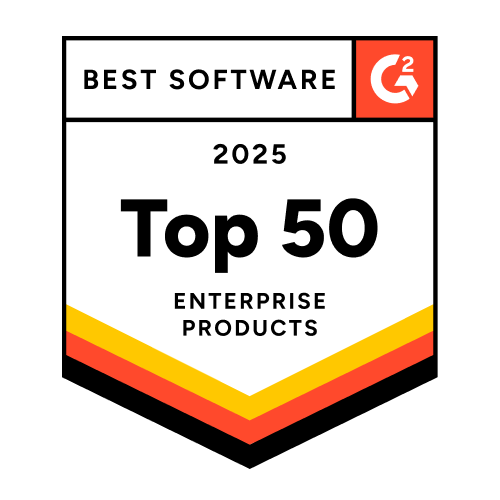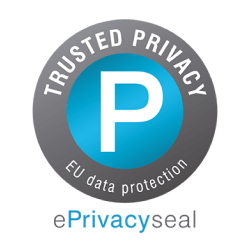Predictive Analytics
Predictive analytics leverages historical and current data, statistical models, and machine learning to forecast future behavior and outcomes. This enables marketers to optimize strategies, from campaign timing to product recommendations, with actionable insights.
For example, by analyzing purchase and engagement patterns, you can predict when a subscriber is most likely to buy again and automatically trigger a personalized offer at the optimal moment.
Why use Predictive Analytics?
- Predict and segment users based on purchase propensity, sending targeted campaigns only to those with the highest likelihood to convert, improving results and ROI.
- Reduce churn by dentify identifying which users are most likely to unsubscribe or disengage, thus enabling proactive retention campaigns that are specifically tailored to at-risk segments.
- Send each customer the right message, offer, or experience at the optimal moment and channel, using dynamic data-driven workflows to maximize effectiveness.
Predictive Analytics vs. Prescriptive Analytics vs. Descriptive Analytics
| Predictive Analytics | Prescriptive Analytics | Descriptive Analytics | |
| Autonomy | Analyzes and forecasts likely future outcomes | Recommends best actions based on predictions | Explains what happened in the past |
| Context | Historical and real-time data, user behavior | Adds goals, constraints, and business rules | Past events, transactions, simple statistics |
| Integration | Built into CDPs, marketing automation, analytics clouds | Often integrated with decision engines and workflow tools | Standard across analytics, easy to implement |
| Learning | Continuously improves with more data and retraining | Uses up-to-date models but requires ongoing tuning | Static summarization, no forecasting |
| Example | Predicts purchase timing for lifecycle campaigns | Optimizes offers and incentives for best response | Reports campaign open and click rates |
FAQs
Predictive analytics combines customer behavior data, such as purchases, clicks, and site visits, with machine learning models to forecast future actions, including churn and purchase likelihood. This helps brands deliver personalized campaigns that improve engagement and conversions. For practical applications, see how predictive content personalization works in real time.
Successful predictive modeling depends on clean, unified historical data from multiple channels. A customer data platform (CDP) brings these touchpoints together, making it possible to create accurate, actionable forecasts for your marketing. Learn more about using a customer data platform for predictive insights
Marketers use predictive analytics for send-time optimization, churn prediction, product recommendations, discount affinity scoring, and lifetime value forecasting. These insights power campaigns that increase ROI and retention. See how brands achieve this with personalization at scale.
Predictive analytics creates forecasts based on historical data, while AI agents and chatbots interact directly with users. Agents often use predictive models to provide smarter, more contextual replies across channels. Learn more about AI agents supporting customer journeys.
Reliability depends on data quality and regular retraining of models. While no prediction is perfect, predictive analytics consistently outperforms manual guesswork and helps marketers make data-driven decisions for personalization and campaign optimization.












